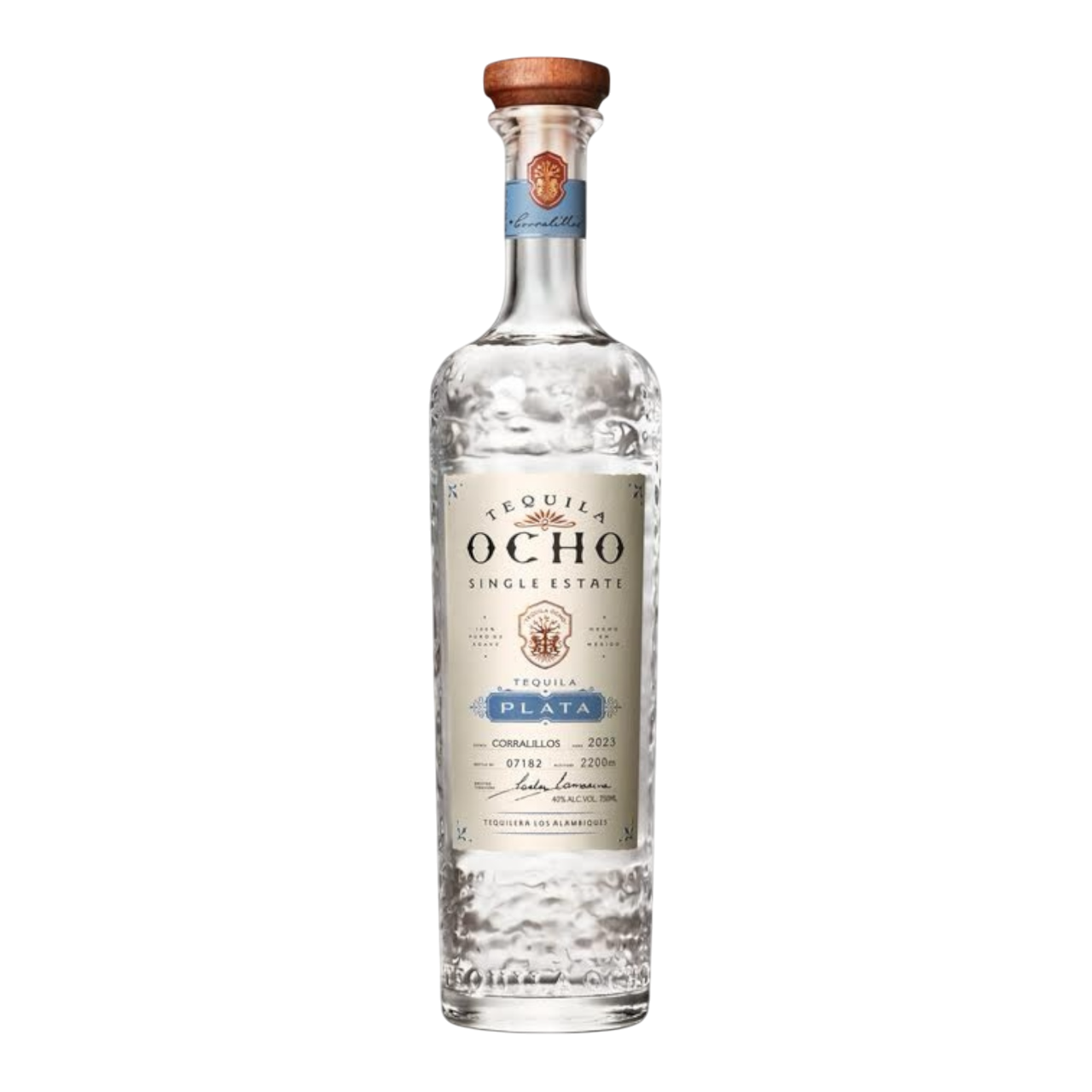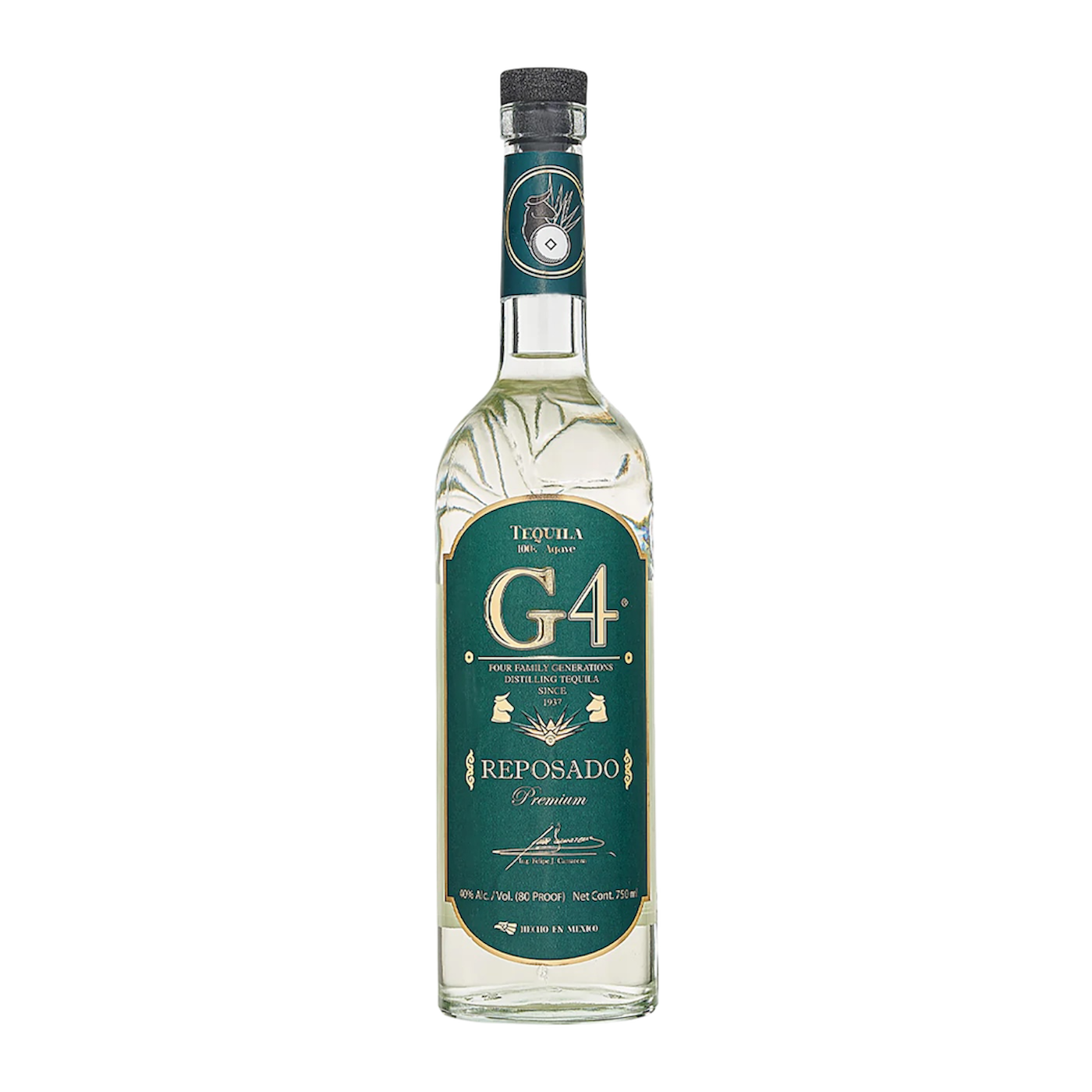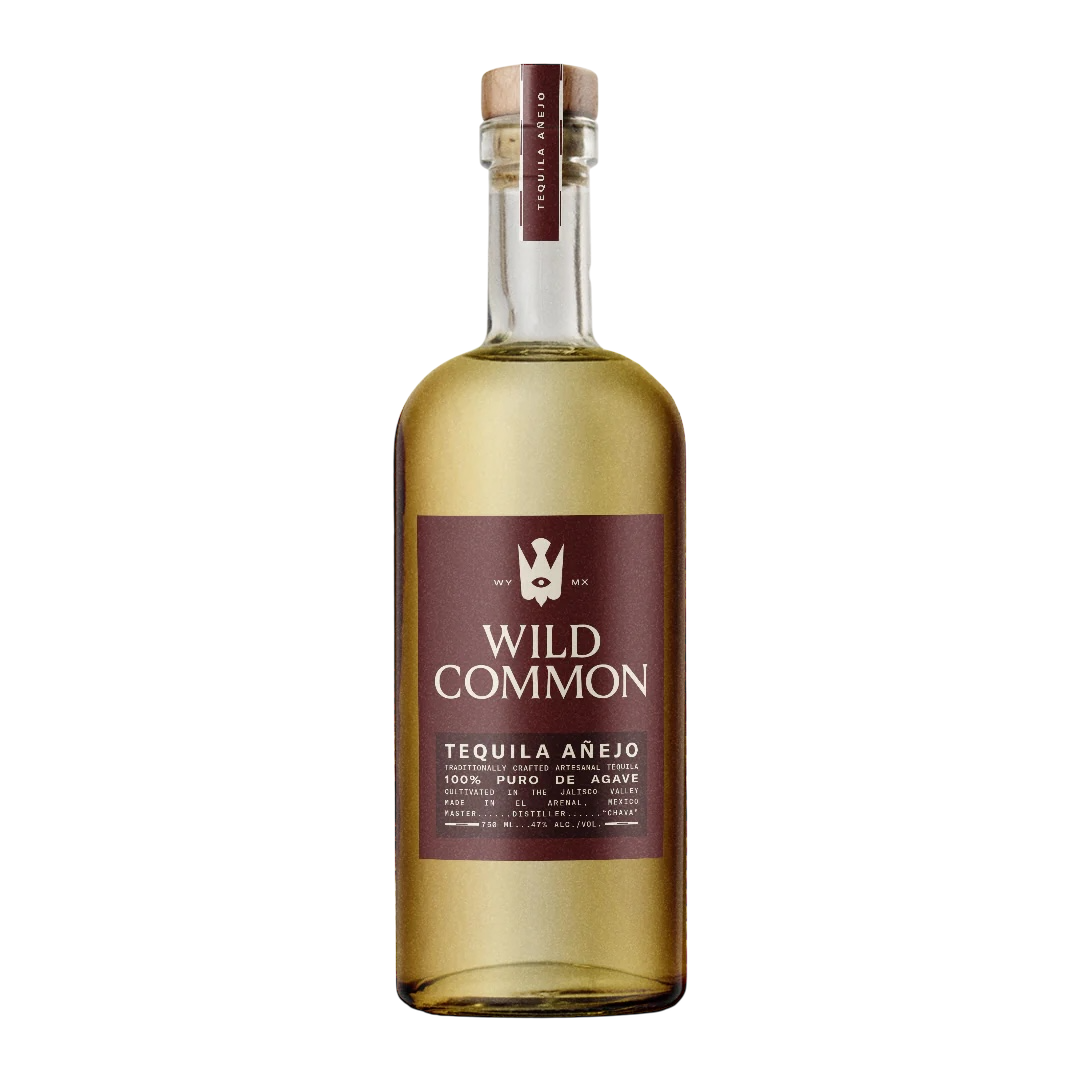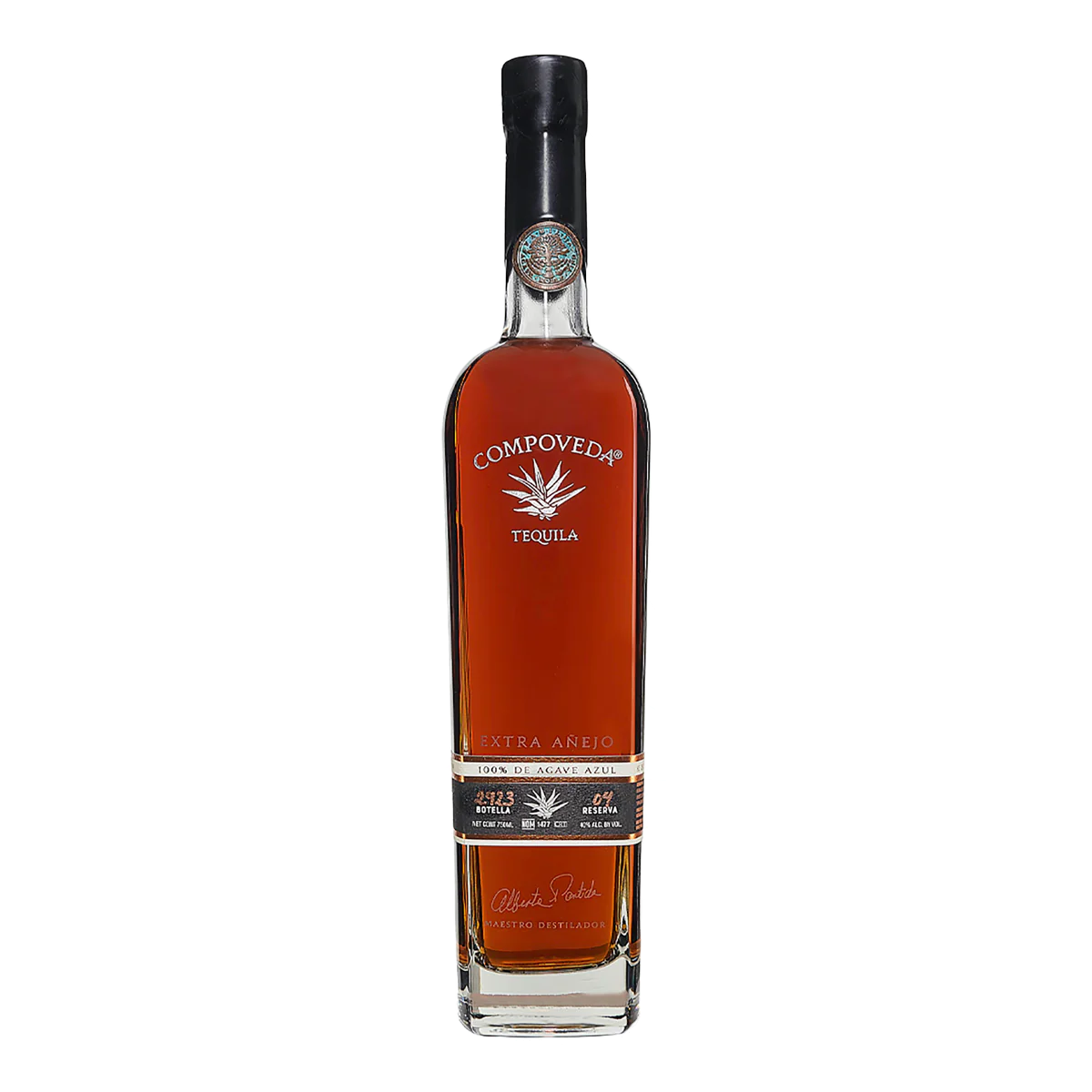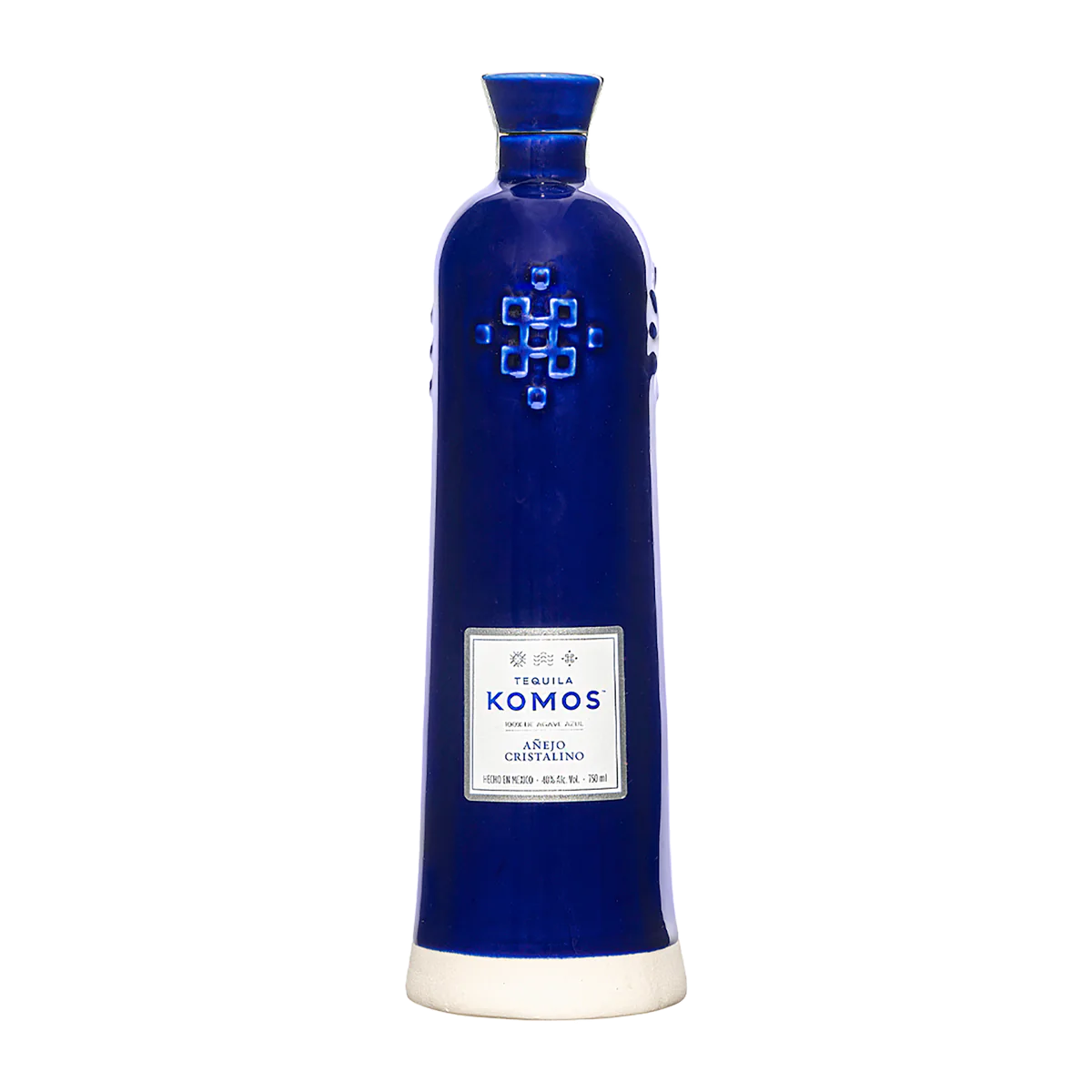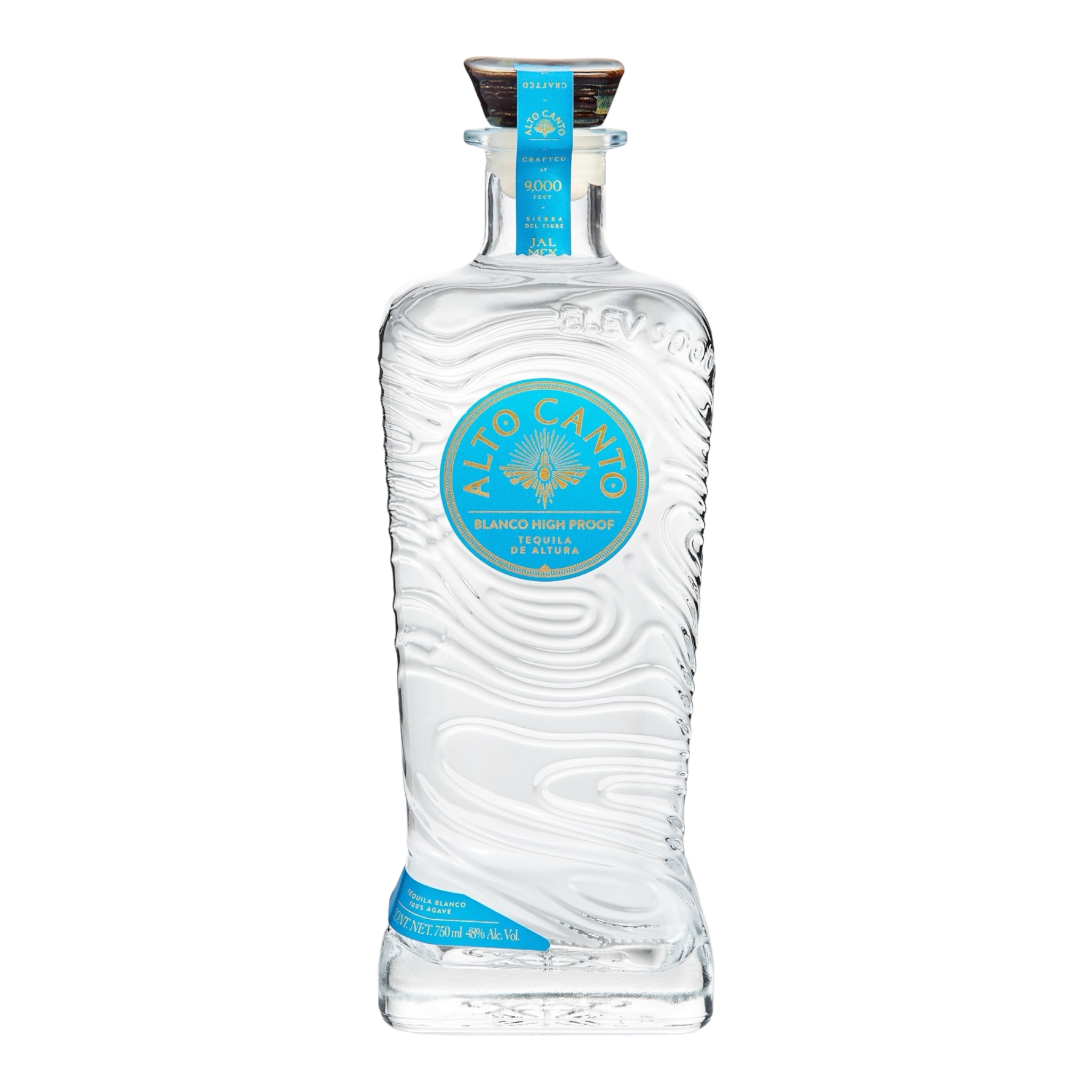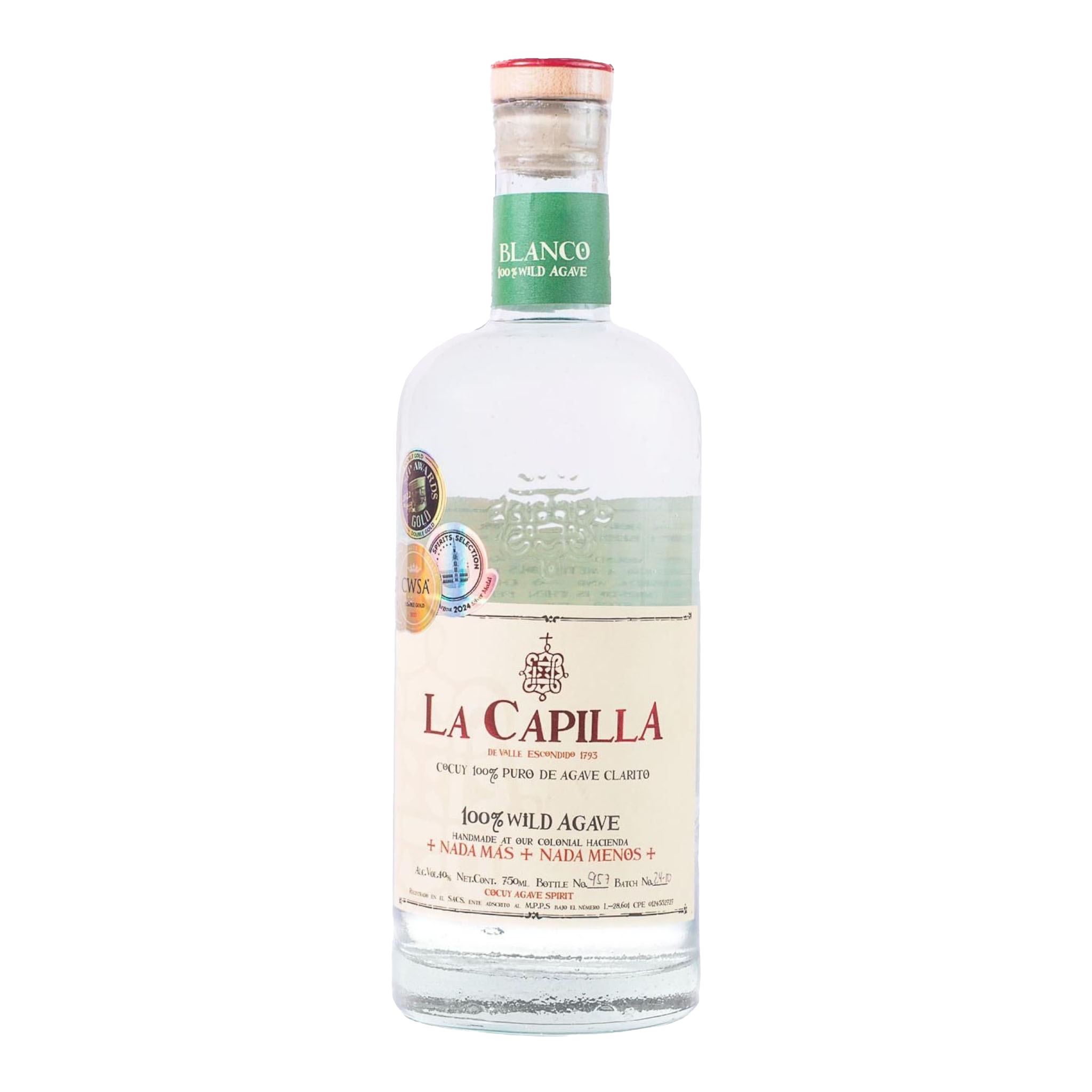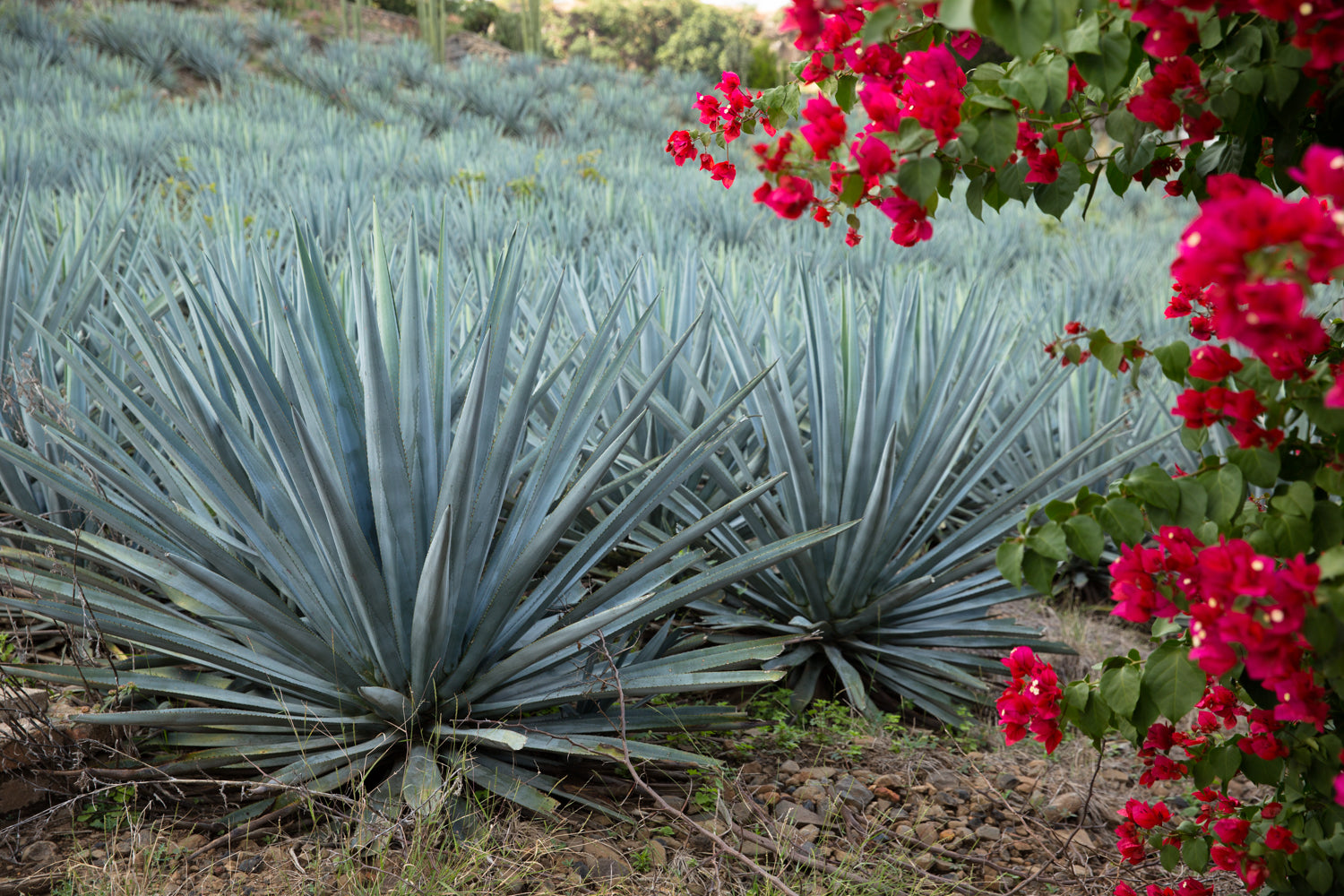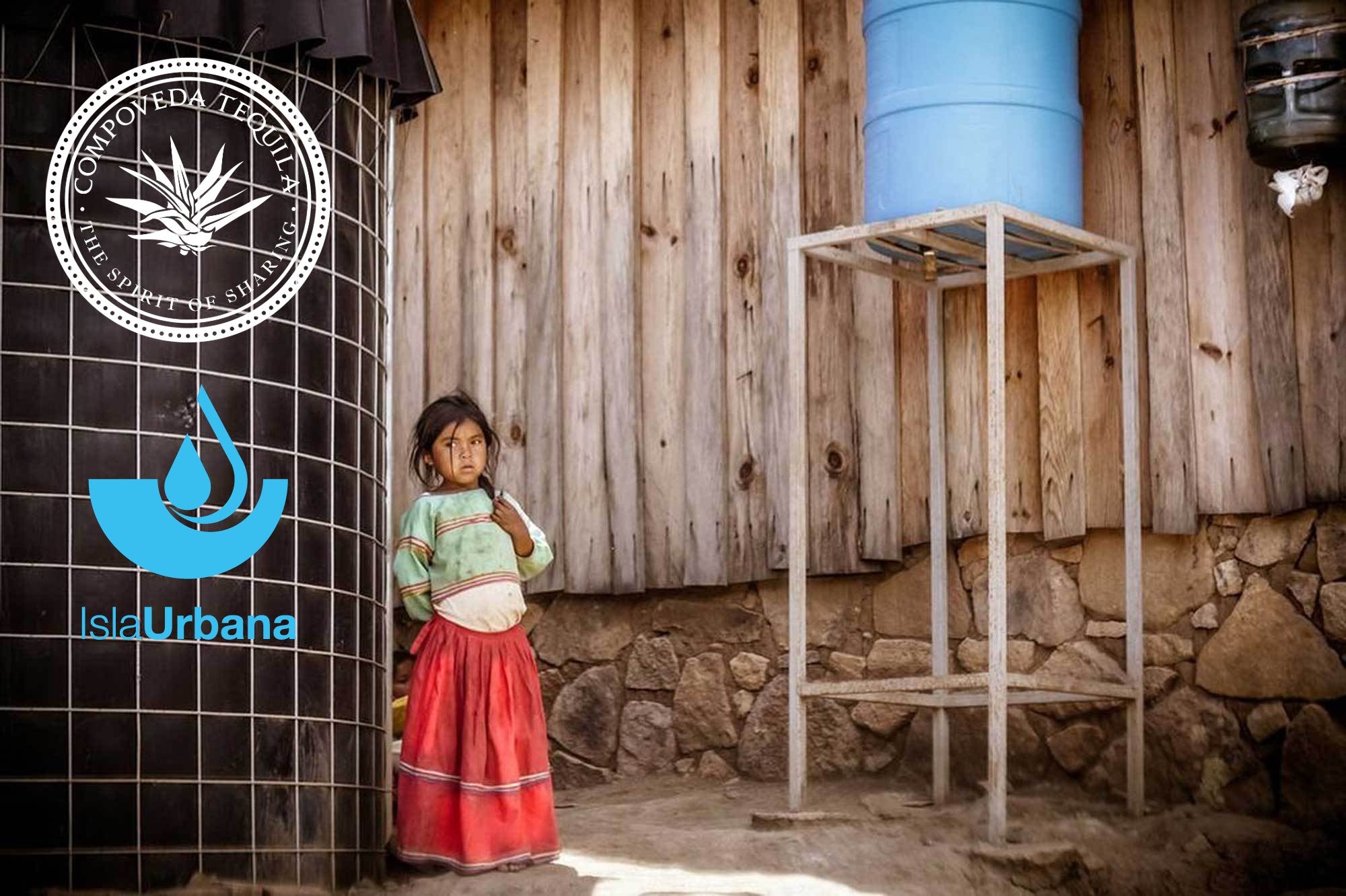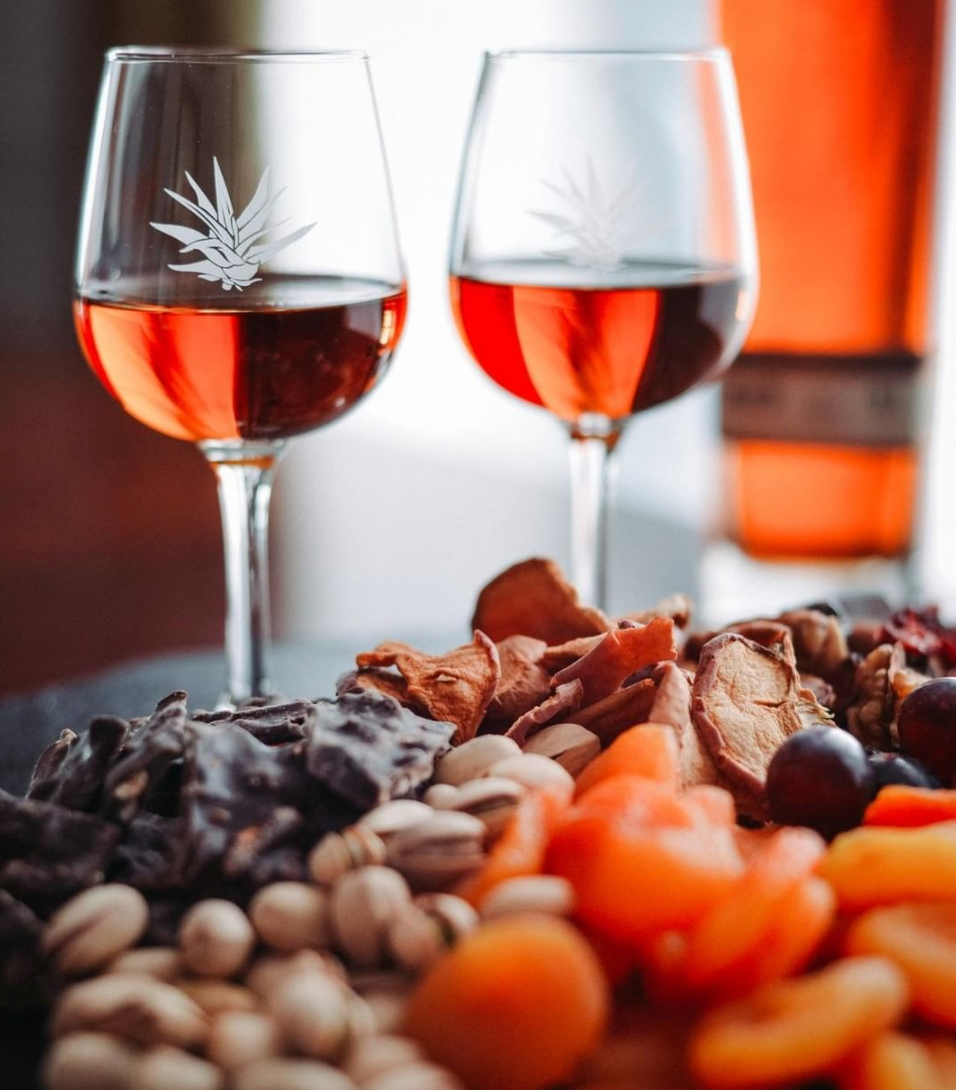Terroir - You may be used to hearing this word in relation to wine: how and where the grapes grow, the weather, and seasons. What many people don’t know is that applies to good sipping Tequila as well. Agave acquire different profiles and flavors depending on the topography, soil, and climate that they are grown in. In the state of Jalisco, Mexico(home to the beautiful beach town of Puerto Vallarta), 98% of tequila is made in two main regions: The Valley of Tequila and Los Altos. They can sometimes be referred to in short as “The Valley” and “The Highlands.”
The journey to the Valley of Tequila, takes us 30 miles northwest of Guadalajara through rolling hills, all under the watchful eye of the Volcan de Tequila. Yes you heard that right, the Tequila Volcano. Although it is no longer active, at one time, this giant filled the valley with fertile dark soil that result in agaves that are herbaceous, earthy, and rich in flavor. One can find notes of copper and spices coming from the rich minerality of the volcanic soil. While sometimes referred to as “the lowlands,” this region actually sits at almost 4,000 feet in elevation and experiences fluctuations between hot arid periods and cool heavy rains. These high elevations and rapid temperature changes are ideal for agave growth, making this region the first to commercially produce tequila. The agave here tend to be smaller, and more dense than their cousins in the highland region.
Now, on our way to Los Altos, we travel 90 miles northeast of Guadalajara. Here the landscape changes dramatically to steep hillsides, deep valleys, covered in deep red soil, dotted with blue green agave. The red coloring of the land comes from the high mineral content of the soil, often referred to as “iron rich.” Agaves here can grow to be almost twice the size of their valley brethren and tend to have a much higher sugar content, but why? Stress. Unlike the stress we may feel while waiting for that glass of tequila at the end of the day, the stress the agave experience here is a good thing. Los Altos rainfall is lighter, the nights, cooler, and the winters, sometimes get cold enough for a little dusting of snow. When the temperatures drop, the agave nearly go dormant, hanging on to whatever water, minerals, and sugars are available to them at the time. From this, we get a more delicate flavor profile dominated by citrus, white flowers, and minerality, more along the lines of chalk and slate. The higher sugar makes the agave sweeter and may remind you of fresh fruits at a farmer’s roadside stand.
At Sip Tequila, we have the highest rated tequilas available from each of these regions. From the Valley of Tequila, some of our best tequilas for sipping are Compoveda Extra Añejo or Fuenteseca Cosecha and from the Los Altos tequila region, Ocho Plata and G4 Reposado. Salud!



